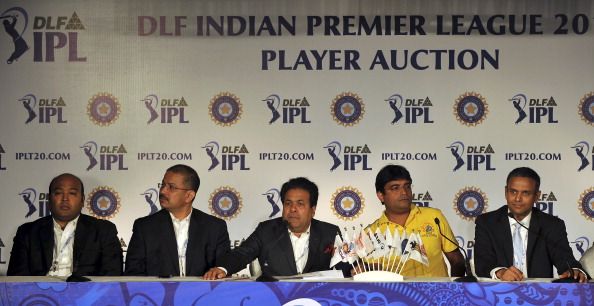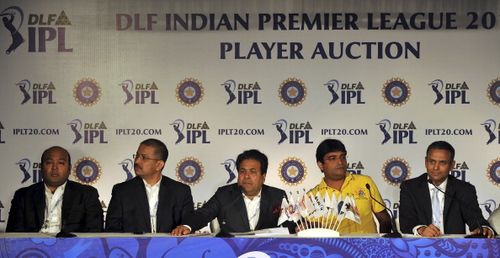
Increased player retention and new rules for IPL - 7

The new season of the cash-rich Indian Premier League is upon us. And this year, things might be a little different as the IPL governing council and the BCCI look to experiment and try to arrive at a fair consensus for the tournament going forward.
Now, IPL franchises could have two potent options at their disposal, that could see up to 8 of their core team members retained. The first is the on-going process of retention, albeit slightly altered, and the second is a unique, never-seen-before ‘Right to match’ card, which will be used by the teams during the auction.
The thinking behind this is quite clear – to help franchises retain as many players as possible in order to create loyalty and a brand value with increased longevity. However, the franchises might question the very approach being taken to convert that thought into reality.
The ‘Right to match’ card is a novel idea which was discussed at a recently concluded workshop in Singapore held by the BCCI, although it didn’t receive many takers. Three such cards will be available to all franchises during the auction.
The concept is simple – a card can be used by a franchise to buy-back a player (who, of course, was in that franchise in the previous edition), by matching the maximum bid in the auction. For example, if Gautam Gambhir is being bid at 2 million dollars on the floor by Royal Challengers Bangalore, Kolkata Knight Riders can merely hold up their ‘Right to match’ card, and buy him back at the prevailing bid price.
However, the franchises have voiced their concerns over this dodgy new system.
“It works for teams where players are asking for a big price [to be retained],” said an official who did not agree with the concept.
He felt it was unfair that a franchise, which had not participated in the bidding for a player, could walk away with that player only because of a ‘right to match’ card, when there were other teams actively involved in the bidding.
“If two franchises are locked in a bid to buy a player and then suddenly a third franchise comes and says he has the right to buy the player, you might end up paying more [in order to discourage teams from using the card].” A valid point, that.
Before we touch on the altered retention rule, a few fundamental changes have been brought about in the finances of this year’s auction as well. One key point to be noted this year – bidding will happen with Indian rupees, as opposed to dollars in previous auctions. Also, all teams are expected to have an increased kitty of 600 million rupees (approximately 10 million dollars compared to 9 million dollars in the earlier editions), and is likely to escalate by 10% each year.
The retention rule is pretty much the same, except that franchises can now retain 5 players compared to 4 in earlier editions. And the revised values for each retention are - Rs 125 million for the first player, Rs 95 million for the second, Rs 75 million for the third, Rs 55 million for the fourth and Rs 40 million for the fifth – making a total of Rs 390 million, leaving each team with Rs 210 million for bidding during the auction.
Each player signs a contract valid for 3 years, with the franchise reserving the right to release a player before the start of a new season. The squad has been trimmed down to 27 from 33, with only 9 foreign players compared to 11, earlier. Once change which is sure to excite domestic Indian players – all those who have played either first-class or List-A cricket will be eligible to compete in the auction for a spot in the 27-man squad of each franchise.
The venue for the seventh edition of IPL is yet to be decided, due to the impending general elections. The venue will be fixed once the dates for the elections are announced, reports suggest.
All these changes are mere suggestions and recommendations at this point in time, with the IPL governing council yet to ratify them. Whether they materialise or not, the seventh edition of the IPL promises to be an absolute cracker.